Dharma and the Ramayana
Dharma, among the most potent concepts in Hinduism, is found personified as Rama in the great epic Ramayana. As briefly defined by Vishakha Desai, Dharma can be roughly compared to the western concept of fate, or even more clearly, "it is the preordained role you must fulfill to be a model [...] human being." Oftentimes, the word gets used throughout subsects of Hinduism and related religions, especially Buddhism, as a more general term similar to Tao, inferring "The Way," the best way to live. But this concept of a generalized path of right action lacks the personal connotation of one's destined role in the world. One must show up in full alignment with one’s role if they are to live up to their souls purpose, if they are to unwind their Karma to find enlightenment and moksha, freedom from the cycle of death and birth.
Throughout the cosmos, Dharma is law, it is the way all of life unfolds automatically. But humans have the special gift of free will and independence, and with that will, humans have the potential to forget the grand balance of the All and make selfish choices. When people act for their own desires, they sometimes disrupt the great order and create Karma, actions that will eventually entail an equal and opposite re-action. This Karma must eventually come back into balance for Dharma to be restored. As we continue to live in accordance with our dharma, eventually the "samskaras" that bind us, the individual threads of Karma that show up as patterned reactions of our individual minds, "burn up", and our dharma becomes more and more natural. Eventually, in harmony with Brahman, we find Yoga, and our individual little Jiva-Atma recognizes itself as just another expression of Om.
To Understand how to live in Dharma, Hindus pass on the tale of Rama, the great King who was an incarnation of Vishnu, who again and again follows the edicts of his Dharma even though they are usually unpleasurable. He is asked to leave his kingdom to honor his father’s word, and he does so, allowing his father to painfully fulfill his Dharma as well. He is pitted against a demon who has done great wrongs, and despite being a peaceful soul, destroys him. He is asked to take on a kingdom again and does so even though it is a great burden to bear after living the simple life. And he is expected to follow the morals of society as king and not keep a wife who has been sullied by the company of another man. The great tragedy was that Sita, beloved princess and daughter of the earth, had never soiled herself, she had fulfilled her Dharma to her husband all along. But Rama knew that for order to flourish in his kingdom, his people must have no doubts about him. Thus, despite knowing his wife to be pure, as proven by Agni, he still cast her away and surrendered to Dharma with hardly a look back.
The hidden message tucked into the Ramayana as revealed by Punditji Sugriva Chaitanya (aka Happy Om) is the tale of a Guru’s willingness to take on the karma of his disciple without blame, shame, or admonishment. It is said in the Yoga tradition that a true Guru can help a student work through some of the most painful challenges in their path with less intensity, helping them to rise faster in Dharma and awakening. Rama agreed to allow HIS BROTHER to come with them to the forest, for truly he was his Chela, his true follower. And as his follower, Lakshmana always did the bidding of his master. Except for in one great tragic instance, the instance that changed the kingdom forever: when asked to guard Sita, Lakshman disobeyed his brother, his guru, and all was lost. But even still, never does Rama disown his brother. Rama the Pure, perfect, virtuous one, would never have to suffer the pain of banishing his most adoring beloved soul mate for his OWN karma’s sake. He fulfills his BROTHER’S karma by banishing Sita, but not Lakshman, never publicly castigating him or leveraging his disobedience to try and get his own way or keep his wife. This hidden message is one of the most potent and unrevealed aspects in the Ramayana, the demonstration of Guru Dharma and Unconditional love even bigger than Sita-Ram.
Vishnu continues to echo his example of doing one’s duty through his later incarnation as Krishna by sharing the teachings with Arjuna, further underscoring how central this message of Dharma is within the Hindu culture.
Thanks,
Happy Om
More articles coming soon...
:-)
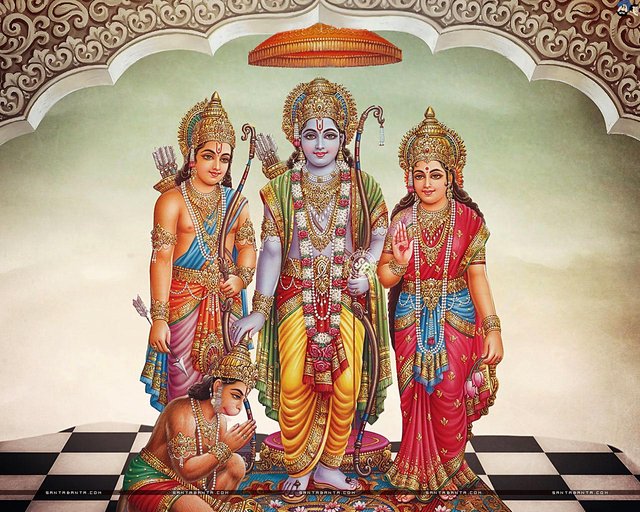
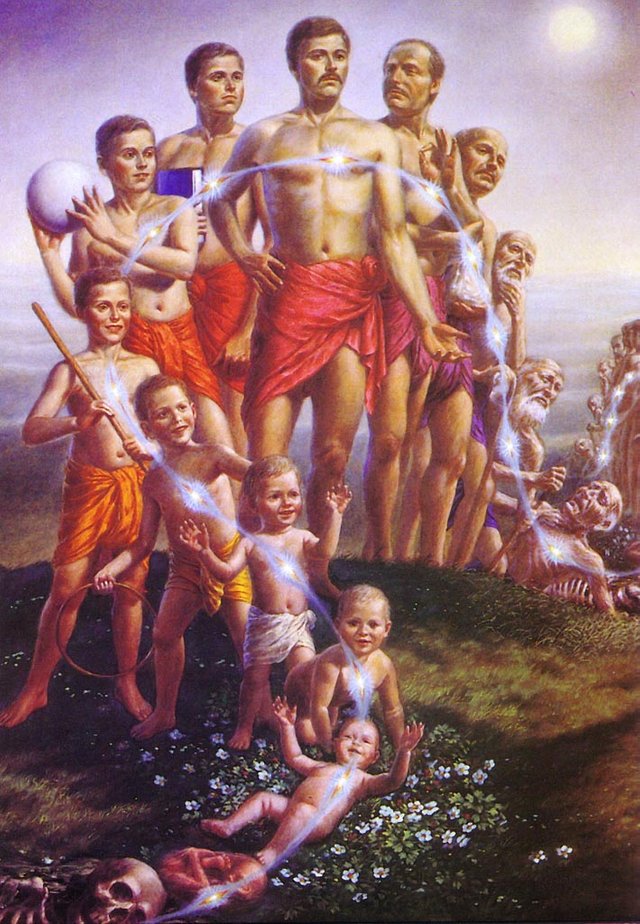
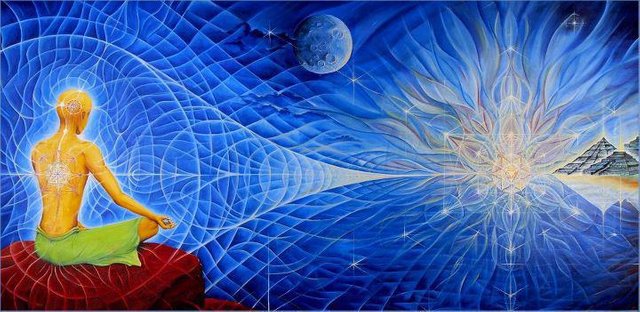
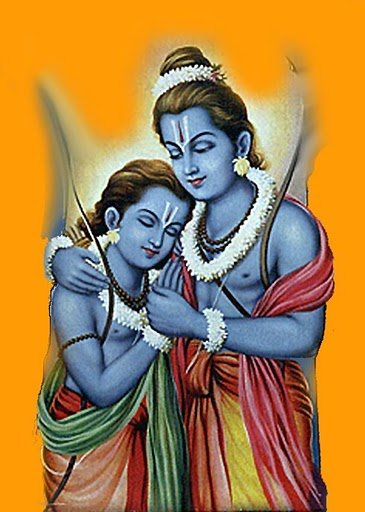
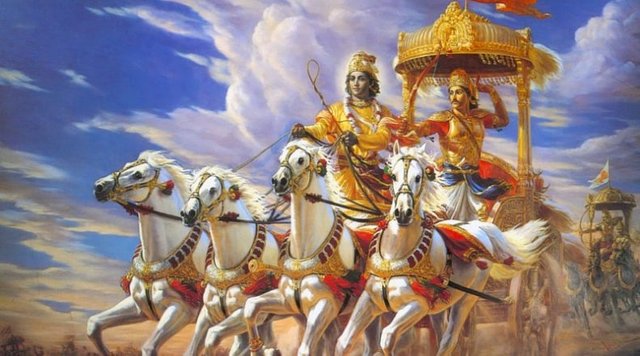
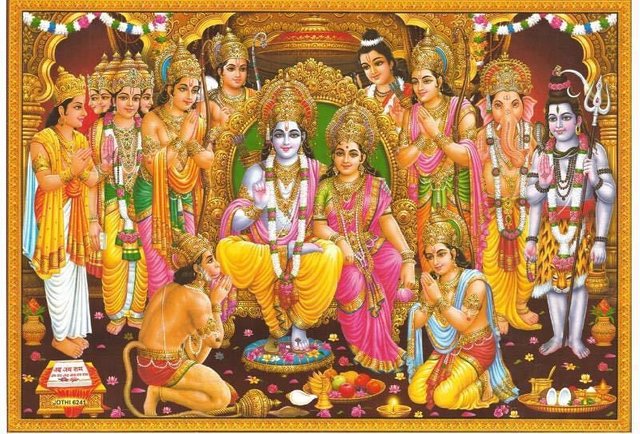
Great Article About Our Hindutva lord Sri Ram.
Downvoting a post can decrease pending rewards and make it less visible. Common reasons:
Submit
Interesting perspective. From my angle, Dharma is unavoidable, like Karma, it is always in effect regardless of our conceptions nor our identifications. Similarly, Samakaras are not in contrast to Dharma/Karma, they are one and the same. Finally, Samsara is none other than Moksha, in the same way that the Atman/Jiva is none other than Shiva/Vishnu/Brahma ... For All is Brahman... All Is Self... All is One... All Is... All... Om.
Downvoting a post can decrease pending rewards and make it less visible. Common reasons:
Submit